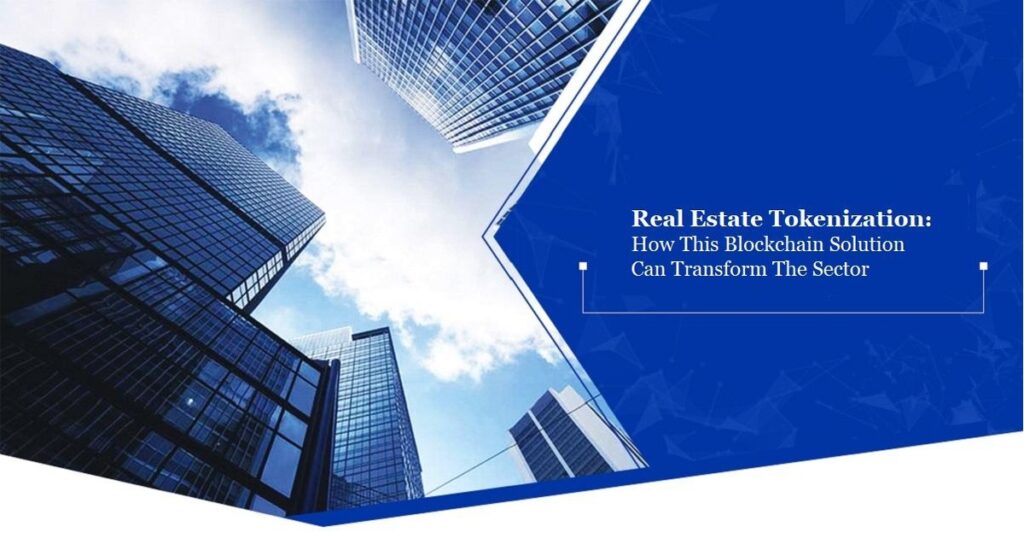Tokenization is not just a misconduct in the digital payments industry. With the increasing number of payment methods available, it is vital to add an extra layer of security to protect sensitive credit card information.
What is tokenization?
Tokenization is a process that protects sensitive data by replacing it with insensitive equivalents known as tokens. The token itself does not matter or matter, it is a link or an identifier, which, thanks to the tokenization system, allows confidential data to be returned. Tokenization is used to prevent data theft during transactions with bank cards.
When tokenization starts, the algorithm generates a unique random value that replaces the buyer’s account number (or PAN number). This random value is the token. These tokens pass securely through the network so that payment can proceed without revealing bank card details. The card number is protected in secure storage.
Chip cards were created to protect banking information at the point of sale. Tokenization provides the same level of security for purchases. Both systems prevent data theft.
How does tokenization work?
Tokenizing payments creates a secure random identifier that is meaningless outside the system. There is no correlation between the token and the data it represents. If the user submits their data again, the token will be different. Tokens are generated in real-time and used in predefined environments or domains. For example, one and the same card generates a token for use in a specific environment, while another generates a token for e-commerce transactions. Tokenization does not slow down the payment process, as tokens are generated in real-time.
Using a token instead of a PAN number to complete a payment makes it more secure. The merchant stores the token in their database only for future transactions. If the database has been compromised by a hacker, tokens won’t help you.
If you want to store bank details in the system instead of tokens, you need to comply with PCI DSS requirements, which is not easy. Tokens allow this responsibility to be delegated to the chosen payment gateway. Banking organizations require PCI (Payment Card Industry) compliance to secure digital transactions.
The basic tokenization process is as follows:
- During checkout, the buyer enters his card details into the payment form provided by the payment gateway.
- The card data is collected by the payment gateway, which transfers it to the server in an I frame and returns the token to the client. An iframe allows you to include a portion of a website that belongs to a different domain and guarantees security for the user who enters their data.
- The tokenization server sends a response, and the token is sent to the merchant’s payment system.
- The seller processes the payment using a token, which is the buyer’s bank details.
At Digishares, we include tokenization in all of our plans. We offer two types of tokens:
- A one-time token is used to make a payment. The user enters their bank details into the form, and we convert this data into a temporary token that is valid for only one transaction and five days.
- Permanent token—used to save the user’s payment method. You can request a permanent token using our API. When the transaction is complete, you will receive a token in return, which represents the buyer’s bank details. The token does not expire, is not associated with a specific transaction, and allows the user to not re-enter their data for future transactions.
What is the difference between tokenization and encryption?
Both tokenization and data encryption serve to protect data on the Internet, but they are two different technologies and they are not interchangeable. Both systems are always used for transactions in e-commerce stores to ensure a complete checkout process. The data is displayed in the database (for example, to compare databases) using tokens, but at the same time, the data is encrypted at storage. This is one of the requirements of the PCI DSS protocol.
Let’s compare encryption and tokenization:
Tokenization examples
Tokenization can be used in various types of online transactions. For example:
Recurring subscriptions and payments
If your business offers subscriptions or other types of recurring payments, tokenization can benefit you. It allows you to store your subscribers’ payment details for future automatic payments without putting them at risk of being in documents. Tokens also allow you to store data that will be billed periodically, which gives your customers uninterrupted service and a higher level of security.
One-click purchase option
The one-click checkout process provides immediate satisfaction to loyal eCommerce users. They are very good
